Unified Patent Court of Appeal overturns preliminary injunction against NanoString
February 28, 2024
The Court of Appeal of the Unified Patent Court has overturned the preliminary injunction issued by the Munich local division against NanoString in its conflict with US biotech company 10xGenomics. The court cited substantial concerns about the invalidity of the asserted claim of 10xGenomics’ European Patent 4108782 B1, noting that “on the balance of probability it is more likely than not that the patent at issue will not prove to be valid.” NanoString has resumed of its CosMx™ Spatial Molecular Imager (SMI) products in the EU in 16 EU countries.
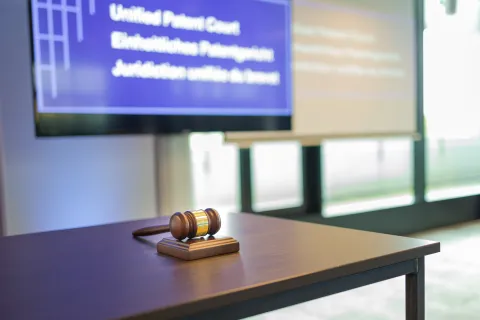
However, the Court of Appeal, ruling after another public hearing on 16 December 2023, disagrees: ‘5. The objection in the Appeal that, contrary to the judgement of the Court of First Instance, the validity of the patent at issue is not established with a sufficient degree of certainty for the injunction requested to be issued is rightly raised.
a) Since the order for provisional measures is issued by way of summary proceedings pursuant to R. 205 et seq. RoP, in which the opportunities for the parties to present facts and evidence are limited, the Court of Appeal agrees with the Court of First Instance that the standard of proof must not be set too high, in particular if delays associated with a reference to proceedings on the merits would cause irreparable harm to the proprietor of the patent (…). On the other hand, it must not be set too low in order to prevent the defendant from being harmed by an order for a provisional measure that is revoked at a later date (…).
211.2 RoP, in conjunction with Art. 62(4) UPCA (see also Art. 9(3) Directive 2004/48/EC), provides that the court may invite the applicant for provisional measures to provide reasonable evidence to satisfy the court to a sufficient degree of certainty that the applicant is entitled to institute proceedings under Art. 47 UPCA, that the patent is valid and that his right is being infringed, or that such infringement is imminent.
Such a sufficient degree of certainty requires that the court considers it at least more likely than not that the Applicant is entitled to initiate proceedings and that the patent is infringed. A sufficient degree of certainty is lacking if the court considers it on the balance of probabilities to be more likely than not that the patent is not valid.
'It is, on the balance of probability, more likely than not that the subject-matter of claim 1 in the version asserted in the main request will prove to be not patentable'
The burden of presentation and proof for facts allegedly establishing the entitlement to initiate proceedings and the infringement or imminent infringement of the patent, as well as for all 28 other circumstances allegedly supporting the Applicant's request, lies with the Applicant, whereas, unless the subject-mater of the decision is the ordering of measures without hearing the defendant pursuant to Art. 60(5) in conjunction with Art. 62(5) UPCA, the burden of presentation and proof for facts concerning the lack of validity of the patent and other circumstances allegedly supporting the Defendant's position lies with the Defendant.
The aforementioned allocation of the burden of presentation and proof in summary proceedings is in line with the allocation of the burden of presentation and proof in proceedings on the merits, in which facts giving rise to the entitlement to initiate proceedings and the infringement or imminent infringement of the patent, as well as other circumstances favourable to the infringement action, are to be presented and proven by the rightholder (…), whereas the burden of presentation and proof with regard to the facts from which the lack of validity of the patent is derived and other circumstances favourable to the invalidity or revocation lies with the opponent (…).
b) Contrary to the opinion of the Court of First Instance, in the judgement of The Court of Appeal it is, on the balance of probability, more likely than not that the subject-matter of claim 1 in the version asserted in the main request will prove to be not patentable under Art. 65(2) UPCA, Art. 52(1), 138(1)(a) EPC.’
Reaction NanoString
In a press release Brad Gray, President and CEO of NanoString, reacted: ‘We have maintained from the outset of this case that the patents being asserted by 10x and Harvard against us are invalid. The court’s ruling is significant validation of our position. We are grateful to the UPC Court of Appeal for its in-depth analysis of the validity of the patent at issue and feel vindicated by its finding that it is ‘overwhelmingly likely’ that the patent is invalid on the basis of prior art.
Going back to 2021, 10x has chosen to deploy a highly questionable litigation campaign against NanoString and several other innovative companies in the marketplace in what we believe is an effort to eliminate competition in the research tools space to the detriment of science and the public good. (…) NanoString is committed to continuing our fight for choice and intends to seek damages that will compensate for the hardship caused by the plaintiffs’ unjustified preliminary injunction.’
Chapter 11
In a separate ruling, the UPC’s Court of Appeal, rejected 10X Genomics’ request to stay the proceedings due to NanoString’s Chapter 11 insolvency filing in the US of 4 February 2024: ‘The fact that in particular the principles of procedural economy and cost efficiency as well as a fair balance between the legitimate interests of the parties speak in favour of not staying the proceedings if a party is declared insolvent after the oral hearing has concluded and the legal dispute is ready for a decision is confirmed by comparable provisions in the national civil procedural law of several contracting Member States to the Agreement.’

In October 2023, the Unified Patent Court refused to grant 10x Genomics a second preliminary injunction against NanoString, in a case concerning European Patent 2 794 928 B1, as it was not convinced of the infringement of 10x’s patent.
You may also like



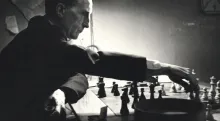




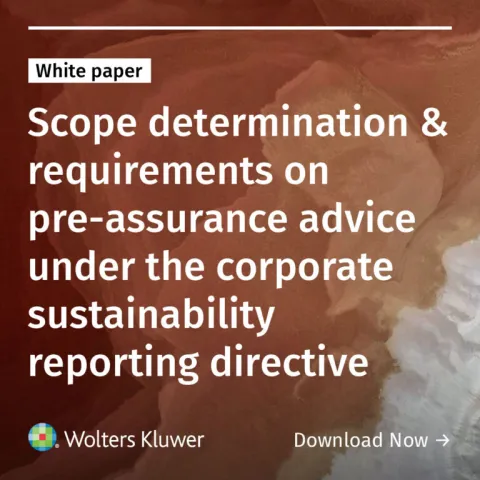

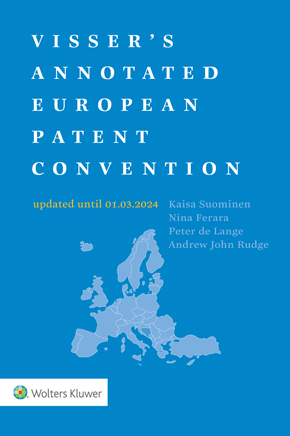
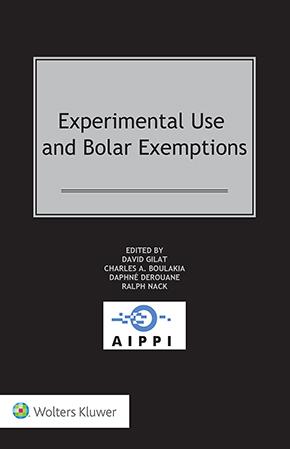

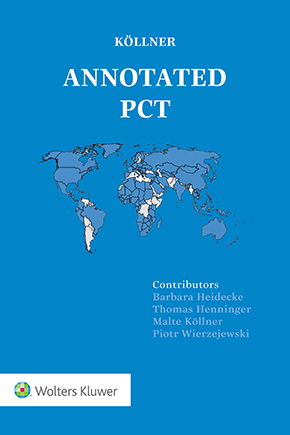

Mike Snodin
I am confused as to what interpretation the Court of Appeal has arrived at with respect to Article 69 EPC. Under the heading "Leitsätze" (Guiding Principles), the 3rd paragraph of point 2 states: "Der Patentanspruch dient nicht lediglich als Richtlinie, sondern sein Gegenstand erstreckt sich auch auf das, was sich nach Prüfung der Beschreibung und der Zeichnungen als Schutzbegeh-ren des Patentinhabers darstellt". My understanding is that this translates as: "The patent claim does not merely serve as a guideline, but its subject matter also extends to what appears to be the patentee's request for protection after examination of the description and drawings". However, the 1st full paragraph on page 27 of the decision states: "Das bedeutet aber nicht, dass der Patentanspruch lediglich als Richtlinie dient und sich sein Gegenstand auch auf das erstreckt, was sich nach Prüfung der Beschreibung und der Zeich-nungen als Schutzbegehren des Patentinhabers darstellt". If I am not mistaken, that statement reaches a VERY different conclusion to that outlined in the "Leitsätze", as its machine translation reads as follows: "However, this does NOT mean that the patent claim only serves as a guideline and that its subject matter also extends to what appears to be the patent holder's request for protection after examining the description and drawings". Thus, the above two statements from the same decision appear to be at odds with each other. Moreover, the statement in the "Leitsätze" appears to be at odds with the Protocol on the Interpretation of Article 69 EPC, which specifically indicates that Article 69 EPC should NOT be taken to mean that "the claims serve only as a guideline and that the actual protection conferred may extend to what, from a consideration of the description and drawings by a person skilled in the art, the patent proprietor has contemplated". What is going on here? It is not possible for both statements to be true, so which does the Court of Appeal actually believe? On a more positive note, it is pleasing to see the Court of Appeal issuing a decision in a composition that complies with Article 9(1) of the UPC Agreement ("Any panel of the Court of Appeal shall sit in a multinational composition of FIVE judges"). I am not sure that the same can be said for some of the Court's earlier decisions.